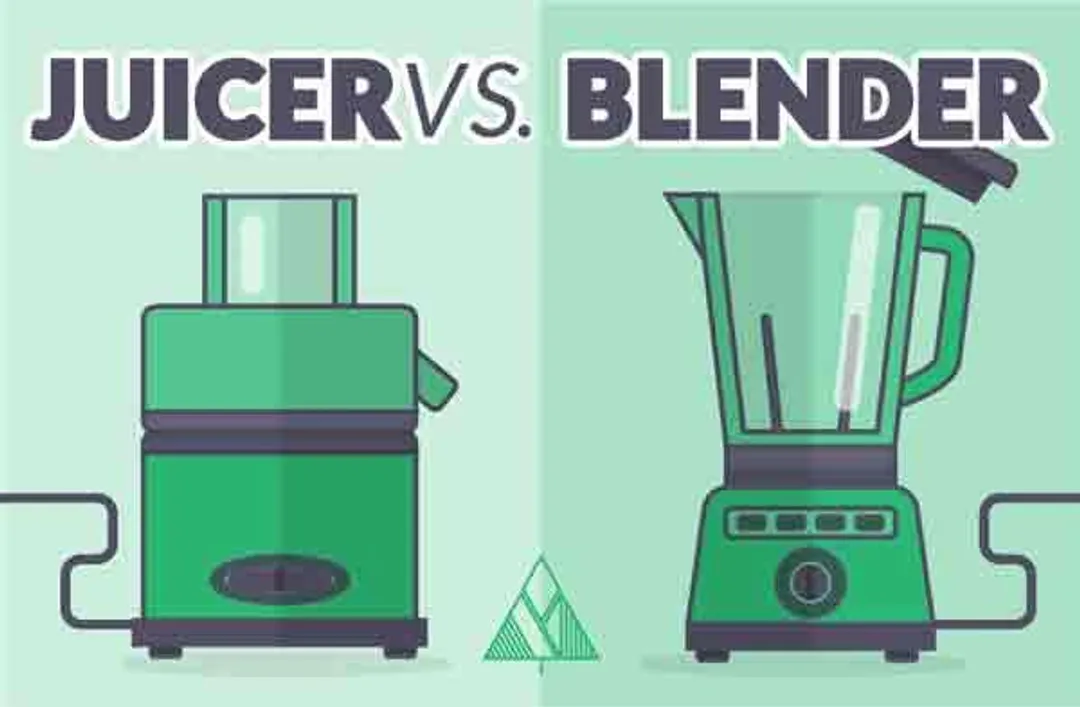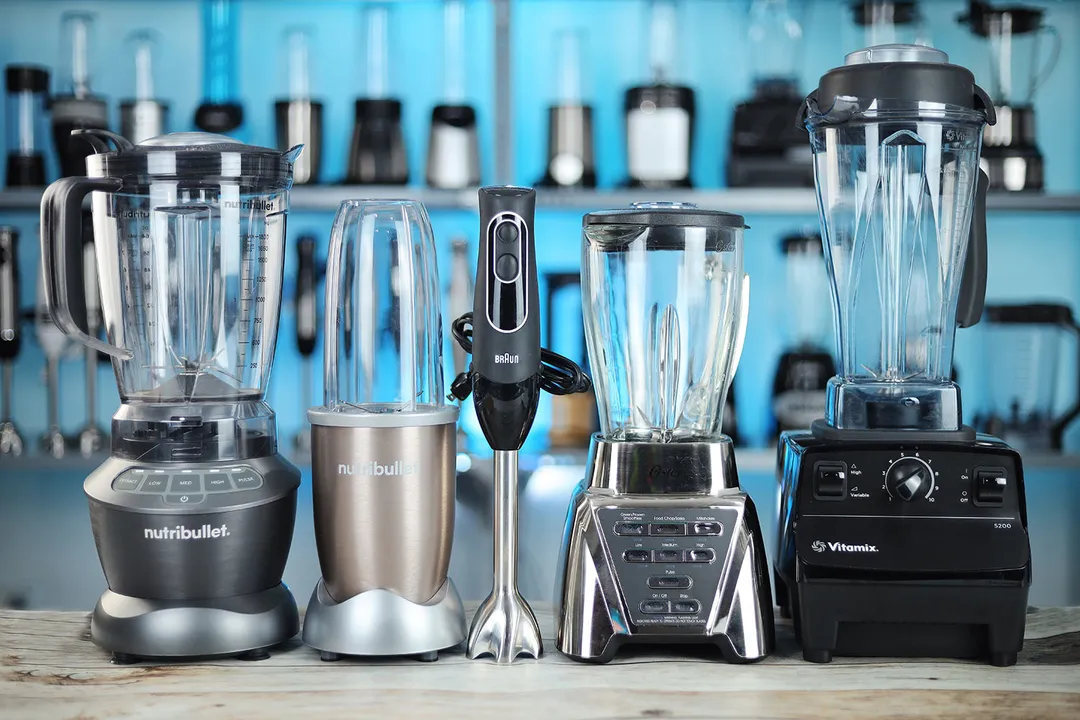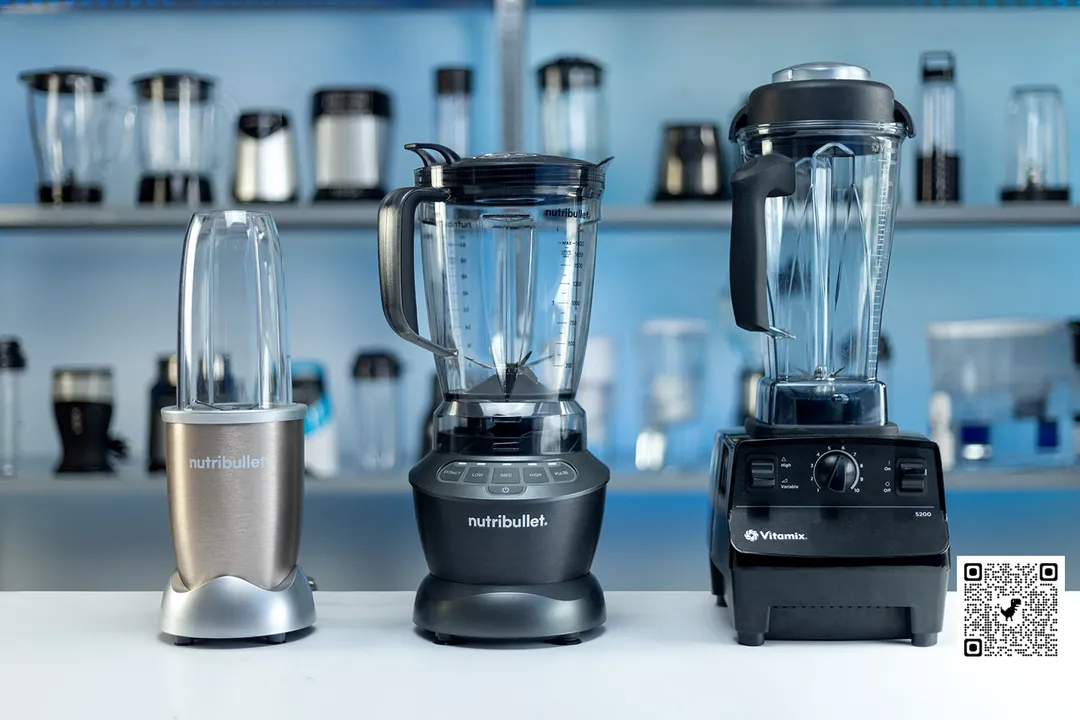Our recommendations are made independently through Research & Testing. We may receive commissions from purchases made via our links.
Things to Keep in Mind When Buying an Immersion Blender
Whether it's blending a creamy soup, whipping a quick smoothie, or emulsifying a hearty sauce, a good immersion blender hinges on power, design, and build quality.
Get the most out of your immersion blender by focusing on what really matters. Power for precision blending, design for ease of use, and build quality for durable performance — these are the critical considerations we've distilled for you. Follow this guide to pick a top-tier immersion blender that not only meets but exceeds your expectations for quick, healthy meals every time.
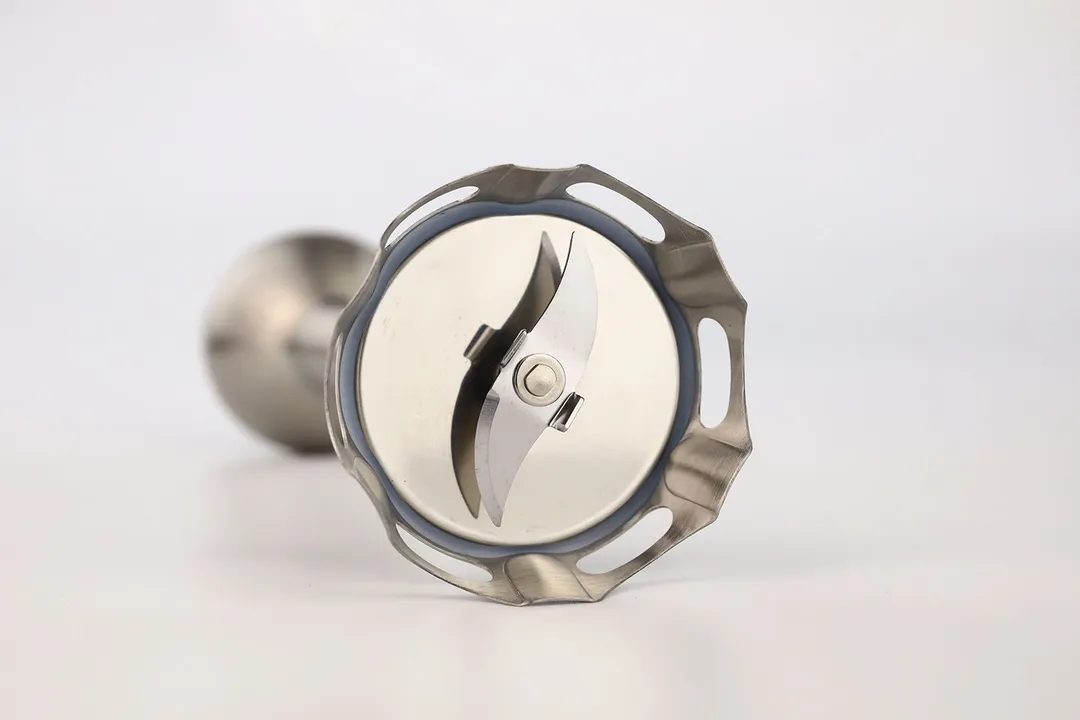
1. Motor Power
The blender’s efficiency and capability is often heavily dependent on the motor’s power. In other words, the higher the wattage, the better your machine performs and the wider range of food it is able to handle. As such, it’s best to decide what types of ingredients you’re likely to blend before you start shopping for a device.
A power output of between 200W and 600W will be enough for the basic tasks of whipping, blending, chopping, and preparing baby food. If you’re trying to find a winner that is capable of performing heavy-duty tasks such as crushing ice or grinding seeds, you may have to invest in a model rated at around 1,000W instead.
Be aware that higher power can also mean more noise. That might be a consideration if you’re blending in the morning while your baby is still asleep.
2. Price
For less than $50, you can own a medium-quality immersion blender with a motor and blades that are sturdy enough to deal with almost all types of greens. It should remain operational for years with only moderate maintenance.
High-quality models appear more frequently in the $80 - $150 range, with some exceeding $200. They are better built and have heavier-duty motors. At higher price points, you may also get more significant accessory packages.
3. Stainless Steel Blending Shaft

Hand blenders typically come with a detachable blending wand that is either made of stainless steel or plastic. Stainless steel blade shafts are usually more durable than their cheaper plastic counterparts.
Steel also limits the risk of warping or cracking if properly cared for. It will hold its shape in the face of both high torque and hot cookware that might melt or warp cheap plastic.
4. Speed Controls
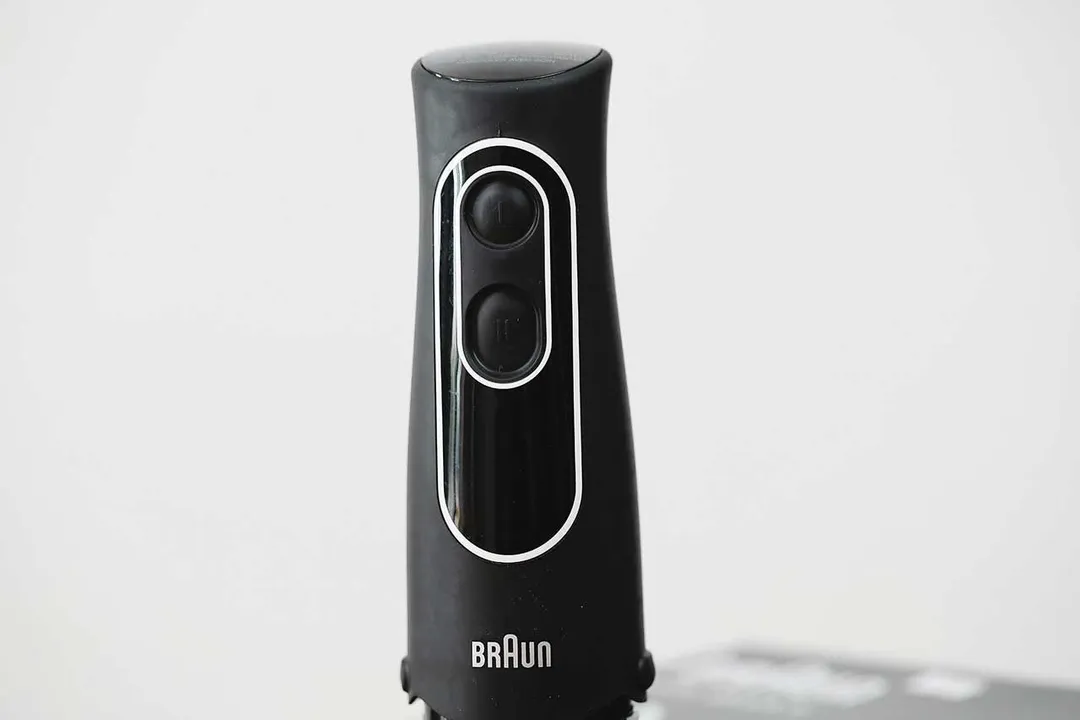
Ideally, you should find a hand blender with two speed options (Low and High). That will cover most of your needs and usually doesn’t drive the price up.
Multi-speed blenders (those with more than two settings) offer more flexibility, of course. They are also helpful for when you want to start slow and progressively increase the speed so as to avoid spilling or splattering food. However, they may take a bit of practice to operate smoothly and are likely to cost more.
5. Additional Attachments
Some models include additional attachments with the blender. Other companies only offer them as add-on products.
Since most people use hand blenders purely for simple tasks, they don’t always need extra accessories. But if yours comes with an extra whisk, chopping blade, blending cup, etc, you may find yourself trying new tasks with it. It’s good to experiment if you have the option.
6. Ease of Cleaning
While it seems as if the most important aspect of a good immersion blender is its motor power, the ease of cleaning can also be a significant factor. A well-designed blade guard that keeps food from getting stuck and a detachable shaft that you can throw in soapy water will be a real convenience.
It’s good if the attachments are dishwasher-safe as well. If not, you’ll have to wash them by hand, adding time to the whole cycle of preparing and cleaning.
About your tip
Tina Pham is a staff writer and reviewer, with five years of experience in the industry. As a passionate amateur home cook, she loves to discover practical cooking solutions, and has made it her mission to bring her findings to every kitchen. Her ultimate goal is making cooking more of a pleasure for all.




